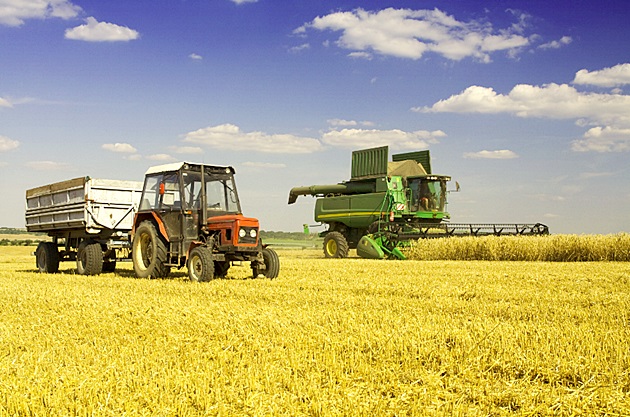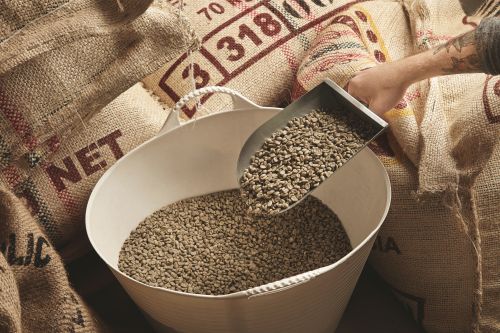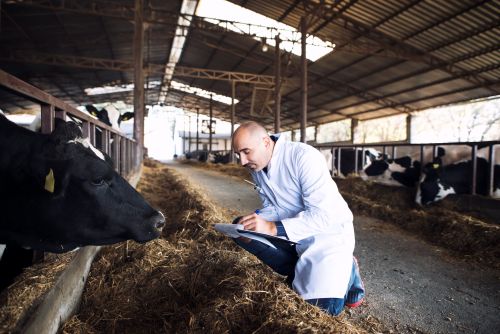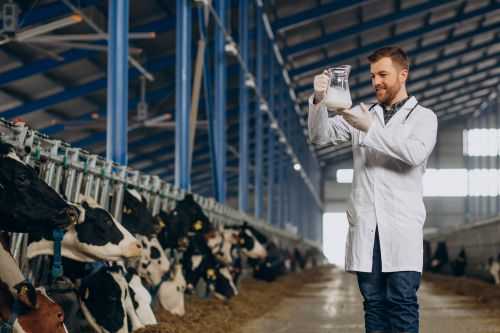947

According to the latest analysis report published by DGAgri, the 2023/24 EU cereal production is estimated at 269.8 million tonnes, which is 1% above the previous marketing year, despite a lower cultivated area (-1, 5%).
EU common wheat production is estimated to be stable (125.6 million t), while maize production is recovering from the very low level harvested in the previous season (+17% to 62.3 million t), although remains 10% below the 5-year average.
In 2024/2025, EU cereal production is forecast to increase to 278.5 million t (+3% year-on-year), which is -0.9% below the 5-year average determined in mainly by an expected increase in maize acreage and better yields expected for barley and durum wheat.
Wheat area is forecast to be lower than in the past (-4.5% compared to the 5-year average) due to difficult autumn sowing conditions in large areas of western, northern and eastern EU. Cereal prices in the EU continue to fall and are currently below their 5-year average. This development, combined with high input prices, is contributing to pressure on farmers' margins.
In 2023/24, EU imports are expected to be lower for maize (-33%), common wheat (-17%) and barley (-17%), while imports could increase for durum wheat (+37 %) to compensate for lower domestic production. Overall, EU grain imports in 2023/24 remain 17% above the 5-year average.
However, improved Black Sea Corridor logistics facilitate Ukrainian grain exports to global markets, with less Ukrainian grain entering the EU. The EU's grain trade balance is expected to return to the historical average in 2024/25.
A recovering domestic production and relatively high opening stocks should allow for ample export potential. In 2023/24, EU cereal consumption is not expected to change substantially (+0.7% year-on-year), remaining 0.6% below the 5-year average.
Stable EU use could be driven by stable human consumption (+0.5%) and animal feed (+0.3%), reflecting rather stagnant EU livestock production expected in 2023/24, albeit lower prices to cereals in 2023 and the wide availability of quality fodder. cereals offer good opportunities for livestock producers.
The use of cereals for industrial purposes is expected to increase slightly from 2022/23 (+3.8%), of which 12 million t of cereals (+12% annually) could be used for biofuel production. EU cereal consumption in 2024/2025 is expected at this stage to be at a similar level to the current marketing year. (Photo: Dreamstime)





